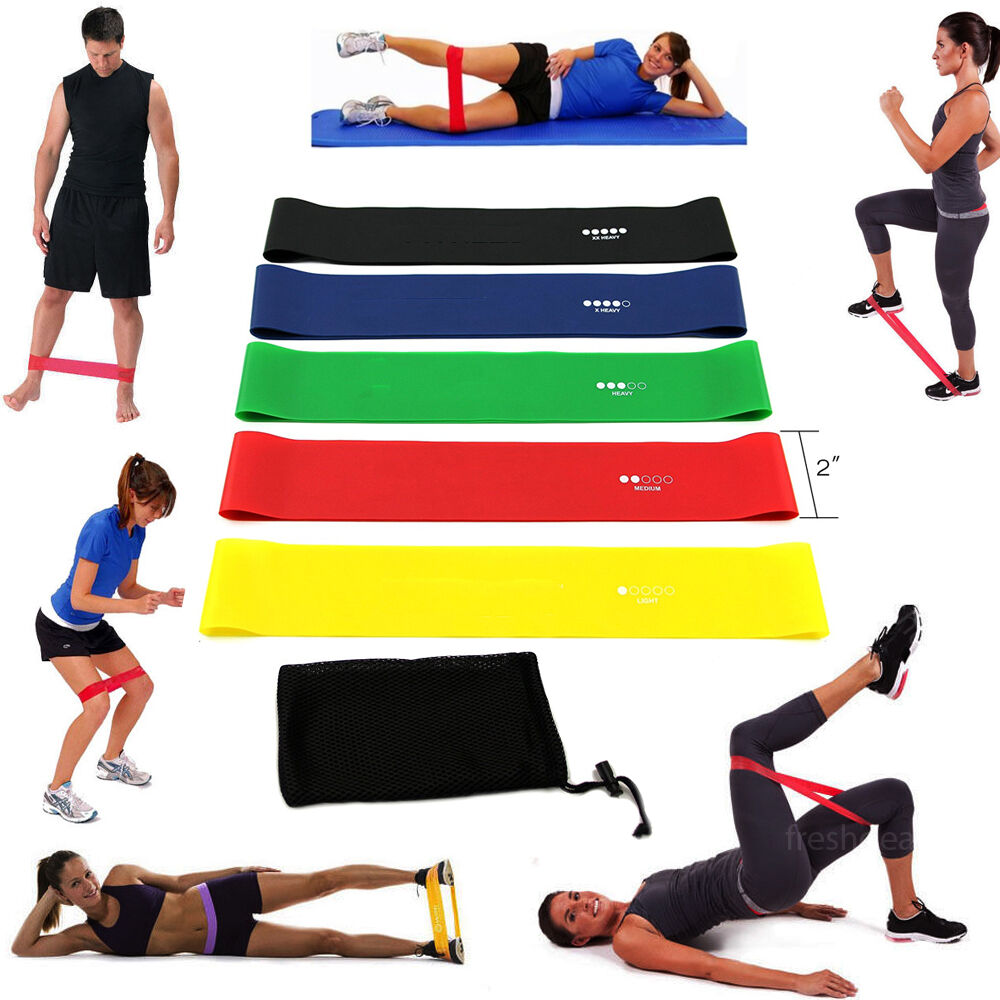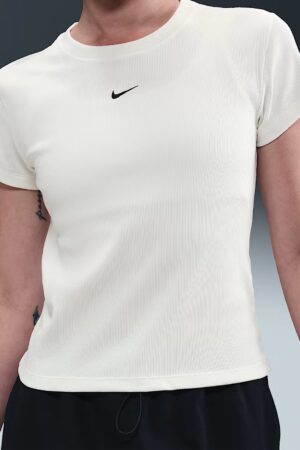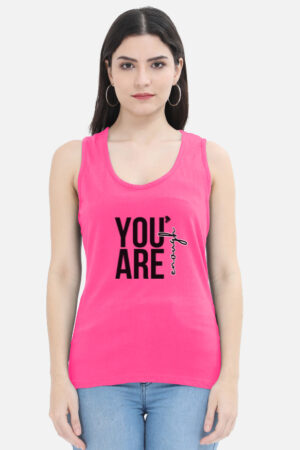How can resistance bands be effectively utilized for strength training and flexibility exercises while traveling or on the go?
-Resistance bands typically come in various colors, and the color coding often corresponds to different levels of resistance or tension. While specific colors can vary between brands, here’s a general guide that is commonly used:
- Yellow: Usually the lightest resistance band, suitable for beginners or those needing the least resistance. It’s often used for rehabilitation exercises or stretching
- Red: Offers a medium level of resistance, which is a step up from yellow bands. It’s suitable for those looking to add more challenge to their exercises without being too difficult.
- Green: Provides a heavier resistance than green bands, making it suitable for intermediate to advanced users who want a more challenging workout.
- Blue: Often used for heavy resistance, suitable for those who are more experienced with resistance training or need significant resistance for their exercises.
- Black: Offers an extra-heavy resistance level, providing the most tension among standard resistance bands. It’s typically used for advanced strength training exercises.
- Purple: Sometimes used as an alternative to black, offering a very heavy resistance level, suitable for advanced users.
Benefits of Resistance Bands:
– Resistance bands can help you build muscle, improve tone, and increase strength.
– Resistance bands are lightweight and easy to carry, making them ideal for home workouts or while traveling.
– Bands provide constant tension, which can help engage more muscle fibers and promote better growth.
– The smooth resistance from bands reduces strain on joints, making this exercise safer for those with joint issues.
– Combine with Other Exercises: For a full arm workout, pair bicep curls with tricep extensions, shoulder presses, or chest flies using the same resistance bands.
*Checkout what suits your fitness goals here









Add comment